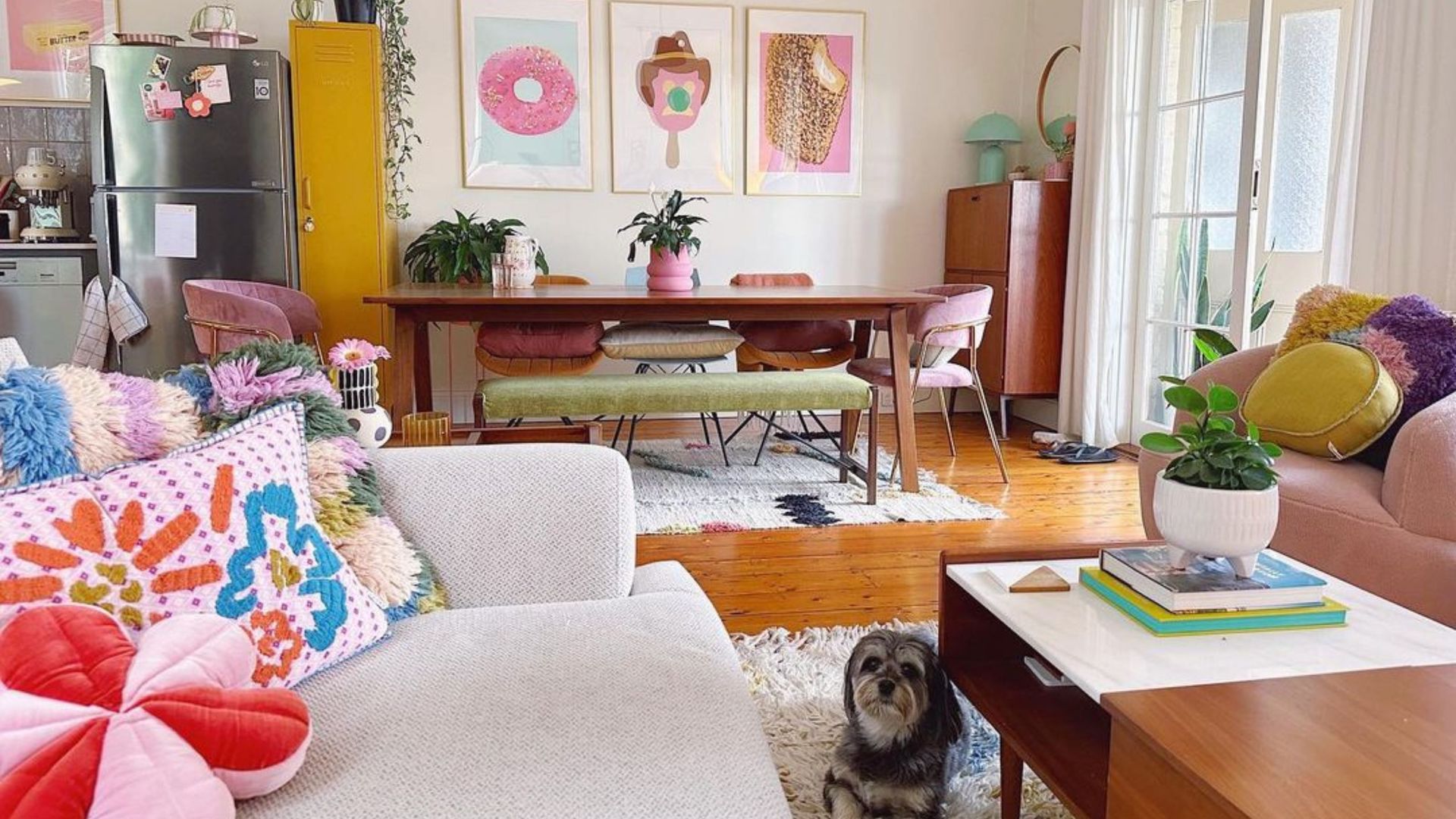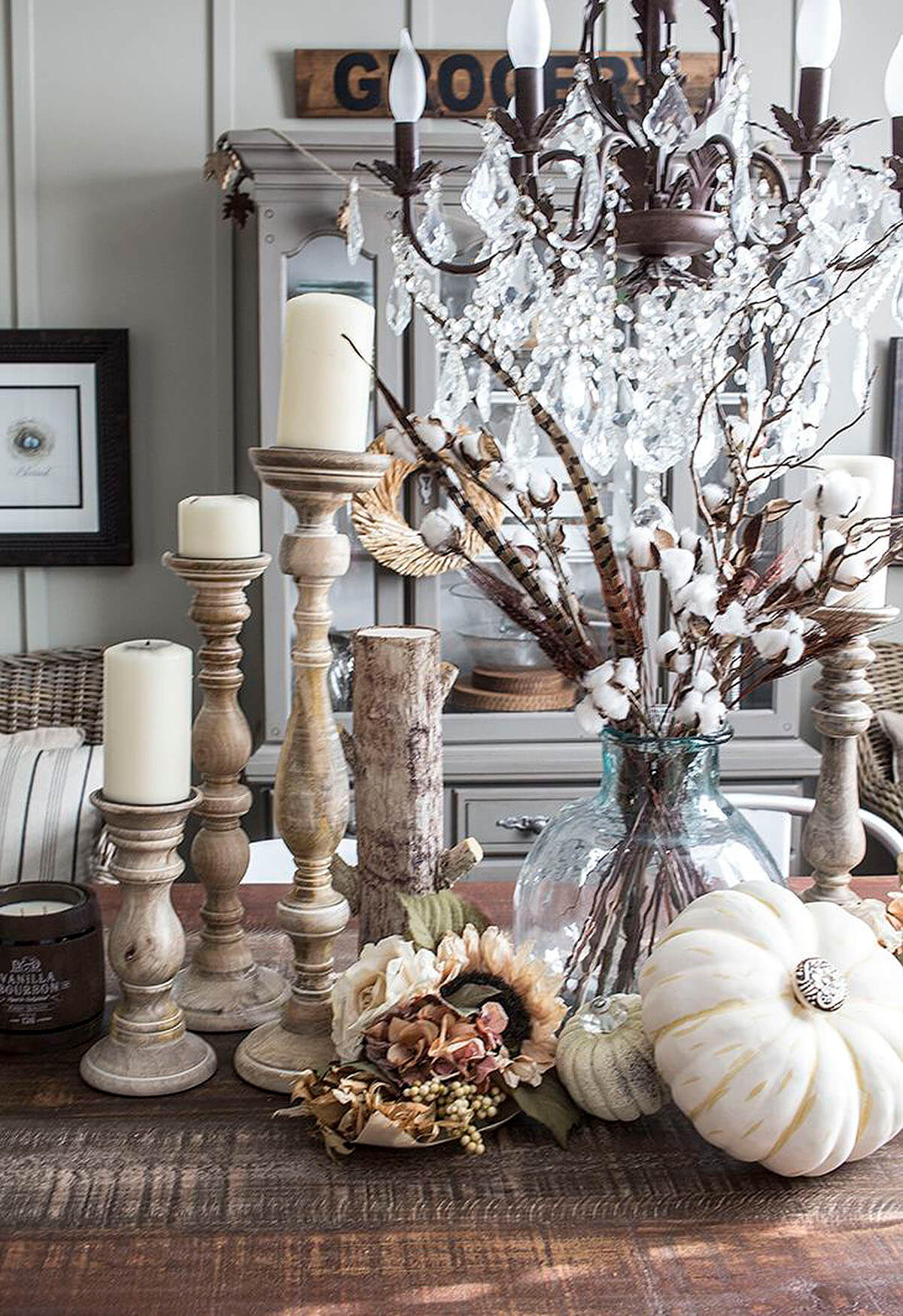“From Blank Canvas to Cozy Home: A Comprehensive Guide to Decorating Your First House
Artikel Terkait From Blank Canvas to Cozy Home: A Comprehensive Guide to Decorating Your First House
- The Enduring Appeal Of Ceramic Home Accents: From Timeless Classics To Contemporary Statements
- Home Decor By Function: Designing Spaces That Work For You
- The Enduring Elegance Of Marble: Elevating Your Home With Timeless Accessories
- Energize Your Sanctuary: A Deep Dive Into Living Room Colors That Spark Joy
- The Enduring Appeal Of Jute: Rugs And Baskets Woven With Natural Charm
Table of Content
Video tentang From Blank Canvas to Cozy Home: A Comprehensive Guide to Decorating Your First House
From Blank Canvas to Cozy Home: A Comprehensive Guide to Decorating Your First House

Congratulations! You’ve officially taken the plunge and become a homeowner. The keys are in your hand, the mortgage is (hopefully) manageable, and now… you’re staring at a blank canvas. Decorating your first home can feel overwhelming, a daunting task filled with endless possibilities and potential pitfalls. But fear not, first-time homeowner! This guide will walk you through the essential steps, offering practical advice and inspiring ideas to transform your new house into a comfortable, stylish, and uniquely you home.
Phase 1: Planning and Prioritization – Laying the Foundation for Success
Before you even think about paint colors or furniture styles, it’s crucial to establish a solid foundation. This involves understanding your needs, assessing your budget, and developing a coherent design plan.
- Identify Your Needs and Lifestyle: Ask yourself some fundamental questions: How do you plan to use each room? Do you work from home? Do you entertain frequently? Do you have children or pets? Are you a minimalist or a maximalist? The answers to these questions will inform your design choices and ensure your home is functional and comfortable for your specific lifestyle.
- Assess Your Budget: This is arguably the most important step. Decorating can quickly become expensive, so setting a realistic budget upfront is crucial. Allocate funds for each room, considering factors like paint, flooring, furniture, lighting, and accessories. Remember to factor in potential unexpected costs.
- Develop a Design Style: Explore different design styles – modern, traditional, bohemian, farmhouse, Scandinavian, etc. – to identify what resonates with you. Look at magazines, websites like Pinterest and Houzz, and even visit showrooms to gather inspiration. Don’t be afraid to mix and match elements from different styles to create a unique and personalized look. Create a mood board for each room, collecting images, colors, and textures that capture your desired aesthetic.
- Prioritize Rooms: You don’t have to decorate your entire house at once. Prioritize the rooms you’ll use the most, such as the living room, kitchen, and master bedroom. Focus on making these spaces comfortable and functional first, then gradually tackle the remaining rooms.
- Measure Everything!: Accurate measurements are essential for furniture selection and space planning. Measure each room carefully, noting the dimensions of walls, windows, doors, and any architectural features. This will help you avoid costly mistakes when purchasing furniture or window treatments.

Phase 2: The Essentials – Building Blocks of a Beautiful Home
Once you have a plan in place, it’s time to focus on the essential elements that will form the foundation of your decor.
- Paint: The Transformative Power of Color: Paint is one of the most affordable and impactful ways to transform a room. Choose colors that reflect your personality and create the desired mood. Consider the size and lighting of the room when selecting paint colors. Lighter colors can make a small room feel larger and brighter, while darker colors can add warmth and drama to a larger space. Don’t be afraid to experiment with accent walls or different paint finishes.
- Flooring: Foundation of Style and Comfort: Flooring is a significant investment, so choose wisely. Consider the durability, maintenance, and style of different flooring options, such as hardwood, laminate, tile, carpet, or vinyl. Hardwood floors are a classic choice that adds value to your home, while carpet provides warmth and comfort.
- Lighting: Illuminating Your Space: Lighting is crucial for both functionality and ambiance. Layer your lighting with a combination of ambient (general), task (focused), and accent (decorative) lighting. Consider using dimmer switches to adjust the lighting to suit different moods and activities. Don’t underestimate the power of natural light. Maximize natural light by keeping windows clean and using sheer curtains.
- Window Treatments: Privacy, Light Control, and Style: Window treatments provide privacy, control light, and add style to your rooms. Choose window treatments that complement your overall decor and provide the desired level of light control. Options include curtains, blinds, shades, and shutters.
- Furniture: Investing in Quality and Comfort: Choose furniture that is both stylish and comfortable. Consider the size and scale of the furniture in relation to the room. Invest in high-quality pieces that will last for years. Start with the essential pieces, such as a sofa, chairs, a dining table, and beds. You can always add more pieces later as your budget allows.

Phase 3: Personalization and Details – Adding Your Unique Touch

Once the essential elements are in place, it’s time to add your personal touch and create a home that truly reflects your style.
- Artwork: Expressing Your Personality: Artwork is a great way to express your personality and add visual interest to your walls. Choose pieces that you love and that complement your overall decor. Consider different types of artwork, such as paintings, prints, photographs, and sculptures.
- Accessories: Adding the Finishing Touches: Accessories are the finishing touches that bring a room to life. Choose accessories that reflect your personality and add visual interest to your space. Consider items such as throw pillows, blankets, vases, candles, books, and plants.
- Rugs: Defining Spaces and Adding Warmth: Rugs can define spaces, add warmth, and provide a focal point in a room. Choose rugs that are the appropriate size and shape for the room. Consider the color and pattern of the rug in relation to your overall decor.
- Plants: Bringing the Outdoors In: Plants add life and freshness to your home. Choose plants that are appropriate for the lighting conditions in your home. Consider using a variety of plants, such as succulents, ferns, and flowering plants.
- Storage Solutions: Keeping Your Home Organized: Storage solutions are essential for keeping your home organized and clutter-free. Consider using storage bins, baskets, shelves, and cabinets to maximize storage space.
Tips for First-Time Homeowners:
- Don’t Rush the Process: Decorating your home is a journey, not a race. Take your time and enjoy the process.
- Start Small: Focus on one room at a time. This will make the process less overwhelming and more manageable.
- Don’t Be Afraid to Ask for Help: If you’re feeling overwhelmed, don’t be afraid to ask for help from a professional interior designer or a friend with a good eye for design.
- Shop Around for the Best Deals: Compare prices at different stores before making a purchase. Look for sales and discounts.
- DIY When Possible: DIY projects can save you money and add a personal touch to your home.
- Don’t Be Afraid to Experiment: Decorating is a process of trial and error. Don’t be afraid to experiment with different colors, styles, and arrangements.
- Focus on Comfort: Your home should be a comfortable and relaxing space where you can unwind and recharge.
- Make It Your Own: Ultimately, the most important thing is to create a home that reflects your personality and makes you happy.
FAQ: Common Decorating Questions for First-Time Homeowners
- Q: Where do I start when decorating a completely empty house?
- A: Start with the essentials: paint, flooring (if needed), and basic furniture for your most used rooms (living room, bedroom, kitchen). Focus on creating a functional and comfortable base before adding decorative elements.
- Q: How can I decorate on a tight budget?
- A: Embrace DIY projects, shop at thrift stores and flea markets, look for sales and discounts, and prioritize essential purchases. Repurpose existing furniture and accessories.
- Q: What are some common decorating mistakes to avoid?
- A: Buying furniture that’s too large or too small for the space, neglecting lighting, choosing paint colors without testing them first, and cluttering your home with too many accessories.
- Q: How do I choose the right paint color?
- A: Consider the size and lighting of the room, your personal preferences, and the overall style of your home. Test paint samples on your walls before committing to a color.
- Q: How do I arrange furniture in a small living room?
- A: Focus on creating a focal point, such as a fireplace or a large window. Use lighter colors to make the room feel larger. Choose furniture that is appropriately scaled for the space.
- Q: How do I mix and match different design styles?
- A: Start with a neutral base and add elements from different styles gradually. Focus on creating a cohesive look by repeating colors, textures, and patterns.
- Q: How do I make my home feel more personal?
- A: Display artwork, photographs, and souvenirs that reflect your interests and experiences. Add personal touches with accessories and DIY projects.
Conclusion: Your Home, Your Sanctuary
Decorating your first home is an exciting and rewarding experience. It’s an opportunity to create a space that reflects your personality, meets your needs, and provides a comfortable and welcoming sanctuary. By following these tips and advice, you can transform your blank canvas into a home that you’ll love for years to come. Remember to be patient, have fun, and let your creativity shine! This is your space, your story, and your chance to create a home that truly feels like you. Happy decorating!
